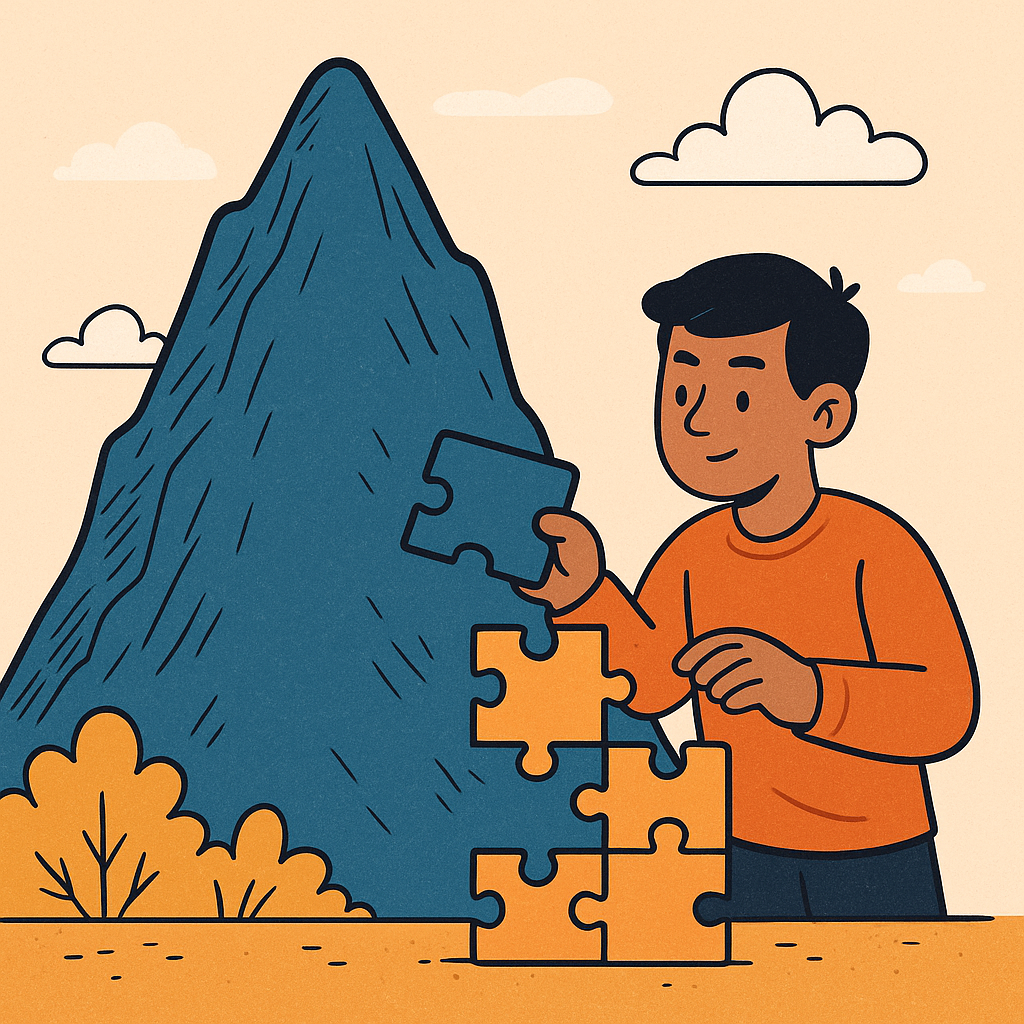In the sphere of creative AI, there’s a tightrope between surprise and usability. According to Mukherjee & Chang’s framework, systems need to harmonize novelty with usefulness to avoid hallucinations or stale outputs. Too much novelty overwhelms; too little yields monotony. This dynamic is essential in modern UX: the best AI tools spark excitement without confusing users – hence we can say, novelty isn’t always distraction.

How Novelty Affects Attention and Memory
Human cognition thrives with novelty: fresh stimuli trigger dopamine release and enhance memory encoding. For example, Tulving & Kroll found that novel material activates the hippocampus–VTA loop, strengthening recall. Similarly, exposure to new environments boosts retention before and after the event. Yet novelty can also impair concentration—oddball auditory cues, for instance, might distract from tasks.
Thus, novelty isn’t always distraction—it depends on context, intent, and pacing. Designers must weave it in deliberately.
Novelty in AI‑Driven UX: Emerging Trends
1. Minimalist Design with Bold Unexpected Twists
UX trends in 2025 prioritize simplicity, with bursts of novelty—bold colors, 3D microinteractions—to guide user attention without overwhelming.
2. AI as Divergent‑Thinking Partner
New research shows that during ideation, designers treat AI tools like co-creators: offering alternative directions, ideation prompts, and prototype variations. These tools inject novelty into creative workflows without disrupting focus.
3. AI‑UX Synergy: Continuous Discovery
By simulating behavioral data and user flows, AI-powered platforms support ongoing discovery and adaptive interfaces. This blend of novelty and familiarity ensures interfaces evolve intelligently, not chaotically .
Practical Guide: Using Novelty Without Distraction
- Define the goal
- Is your aim to boost focus, creativity, or learning? Align novelty to that purpose.
- Start subtle
- Introduce minor surprises—animation, interactive elements—before rolling out bigger changes.
- Test contextually
- Use A/B tests, heatmaps, and eye-tracking to measure how users respond to novelty.
- Use AI support
- AI tools can suggest balanced innovations—UX 3.0 frameworks help blend calm design with engaging novelty.
- Iterate continuously
- Novelty effect fades, so cycle back with refreshed features tied to user needs and goals.
Why Novelty Isn’t Always Distraction
Novelty, when thoughtfully integrated, can enhance UX by engaging attention, improving memory, and launching creative growth. From the cognitive science of dopamine‑driven learning to emerging AI‑powered design tools, the trend is clear: novelty isn’t always distraction—it’s a powerful catalyst for better, more human-centered digital experiences.
References
Kahana, M.J., Howard, M.W., and Polyn, S.M. (2008) ‘Associative retrieval processes in episodic memory’, Cognitive Psychology, 57(4), pp. 319–341. Available at: https://doi.org (Accessed: 17 June 2025).
Robinson, O.C. (2012) ‘A dialectical approach to life transitions: Identity, meaning and change’, Journal of Humanistic Psychology, 52(3), pp. 357–374. Available at: https://doi.org (Accessed: 17 June 2025).
Vartanian, O. (2009) ‘Variable attention facilitates creative problem solving’, Psychology of Aesthetics, Creativity, and the Arts, 3(1), pp. 57–59. Available at: https://doi.org (Accessed: 17 June 2025).






